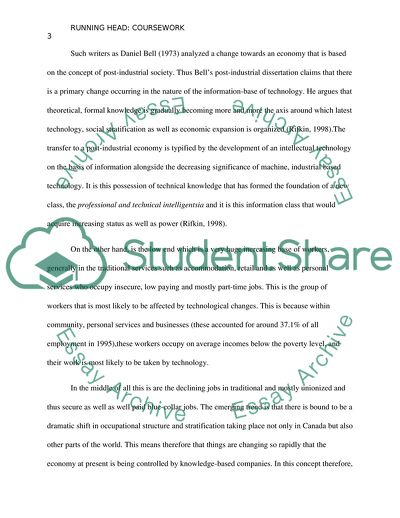Cite this document
(Relationship between Technology and Society Assignment Example | Topics and Well Written Essays - 2500 words, n.d.)
Relationship between Technology and Society Assignment Example | Topics and Well Written Essays - 2500 words. https://studentshare.org/sociology/1836521-short-answer
Relationship between Technology and Society Assignment Example | Topics and Well Written Essays - 2500 words. https://studentshare.org/sociology/1836521-short-answer
(Relationship Between Technology and Society Assignment Example | Topics and Well Written Essays - 2500 Words)
Relationship Between Technology and Society Assignment Example | Topics and Well Written Essays - 2500 Words. https://studentshare.org/sociology/1836521-short-answer.
Relationship Between Technology and Society Assignment Example | Topics and Well Written Essays - 2500 Words. https://studentshare.org/sociology/1836521-short-answer.
“Relationship Between Technology and Society Assignment Example | Topics and Well Written Essays - 2500 Words”. https://studentshare.org/sociology/1836521-short-answer.


